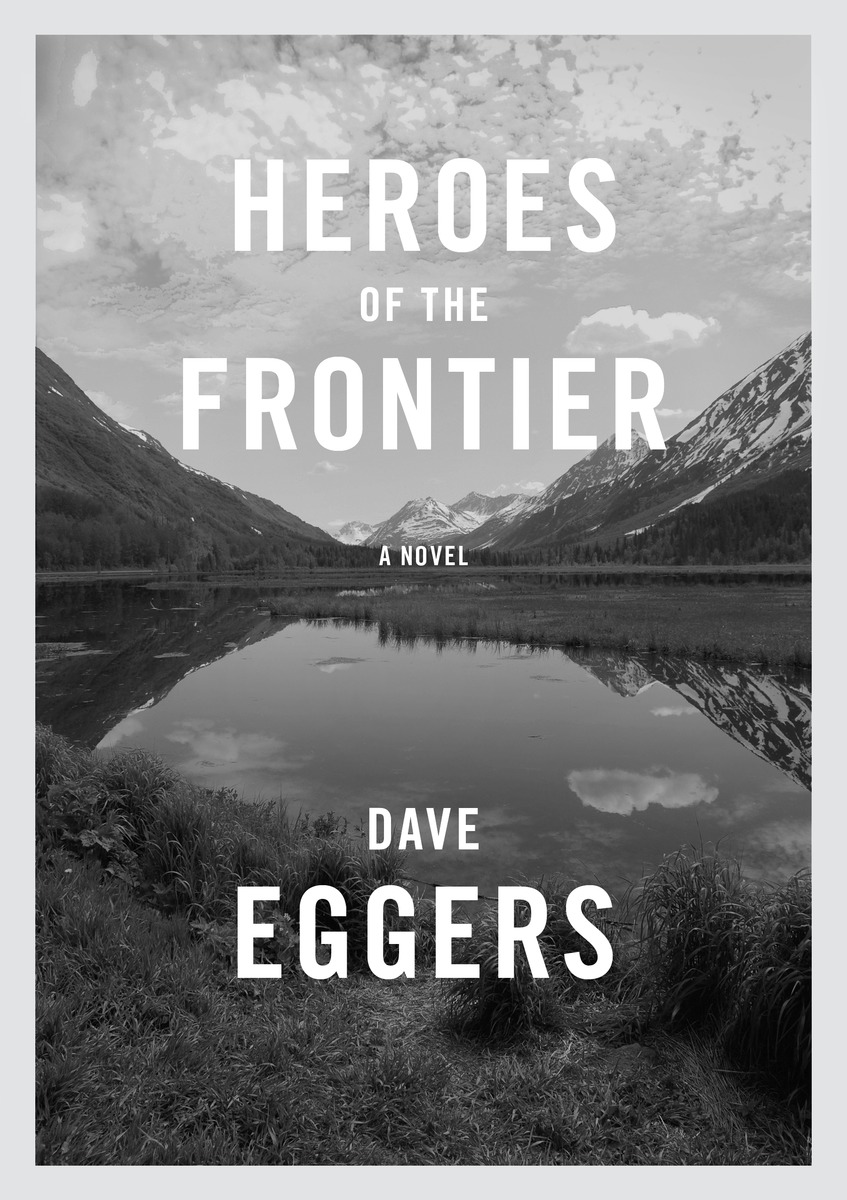NEW YORK — The latest stop on Dave Eggers’ long-running fictional tour: Alaska.
Eggers’ “Heroes of the Frontier,” which comes out July 26, tells of a single mother from Ohio who flees to Alaska with her young son and daughter in the wake of financial and personal disaster. Josie is a dentist forced to sell off her practice after being sued by a former patient. Meanwhile, the father of her children is increasingly unreliable and she is haunted by guilt for encouraging a young patient to join the Marines, only to have him be killed in the war in Afghanistan.
“Heroes” is a story of both escape and entrapment. Josie may dream of being “reborn in a land of mountain and light,” an adventure worthy of Jack Kerouac, but will instead confront a landscape of fear and menace and learn that she “didn’t need to find humans of integrity and courage. She needed to make them.”
The 46-year-old Eggers is a resident of the Bay Area, the setting for his acclaimed memoir and debut book “A Heartbreaking Work of Staggering Genius,” but has traveled the world and placed the characters in his fiction everywhere from Saudi Arabia (“A Hologram to the King”) to northern and eastern Africa (“What is the What”) to Costa Rica (the story collection “How We Are Hungry”).
In a recent email interview with The Associated Press, Eggers discussed the settings for his books, some common themes and how the American past connects to his current book, and to Donald Trump.
Q: How did the basic narrative develop and why set it in Alaska?
A: With ‘Heroes of the Frontier,’ I started taking notes about Josie back in 2011. I knew I wanted to write about a dentist who had two kids, the father of whom was more of a useless appendage than a man. Somewhere down the line, maybe two years into the note-taking process, I had the idea of putting her in Alaska. There’s an unspoken assumption, I think, that Alaska is full of strong, self-reliant, plain-spoken people — frontier people — and Josie wants to be among people like that. She wants to be among steel-spined people who won’t let her down.
In general, I’m inclined to putting characters in new situations, new places. I like motion. In ‘Heroes’ in particular, I wanted Josie and her kids to be repeatedly challenged by their surroundings, and to get stronger as a result.
Q: The book has classic American themes of flight and adventure but at times also seems like a dark and frightening take on life on the open road. Your thoughts?
A: Because Josie is alone with two very young kids, she’s often facing dangers real and imagined. There’s also a hundred or so wildfires burning throughout the state, so there is some very real peril for a person meandering through the state without a plan and without a friend.
Q: For novels, do you often travel to places with the conscious thought of writing about them or does that decision usually happen in retrospect?
A: I spent some time in Alaska about three years ago, without any intention of writing about it. But I had this Josie character in my head at the time, and eventually it made sense that a character setting out on an epic journey would find herself in Homer.
Q: Do you see your work as a kind of continuing series about life worldwide in the 20th/21st century? Do you see a thread running through?
A: In some ways, I was hoping with ‘Heroes of the Frontier’ to examine the American psyche, and our connection — if there still is one — between our pioneer past. Josie and her kids don’t seem to have anything in common with the heroes of the frontier of the past, but then again, maybe they do. Maybe there’s something in the blood — barbarian blood, I think — that connects an American dentist with the explorers, thieves, cowboys, settlers, winners and losers in American history.
Q: You recently wrote a piece (for The New Yorker) on Donald Trump and his appeal.
A: My very subjective view is that Trump’s popularity has less to do with his xenophobia and more to do with his presumed business acumen, his status as a reality-TV star, and his candor. But the fear we live with as Americans is very real — unnatural and irrational fears are stoked in the television media every day, and lead to assumption that we all need to be armed and ready to stand our ground. We’re so civilized and progressive in so many ways, but our gun culture is barbaric, paranoid, and puzzling to the rest of the world.
—
Related stories:
All Juneau’s a stage for upcoming Shakespeare First Folio exhibit
Months later, Juneau residents displaced by fire long for home

